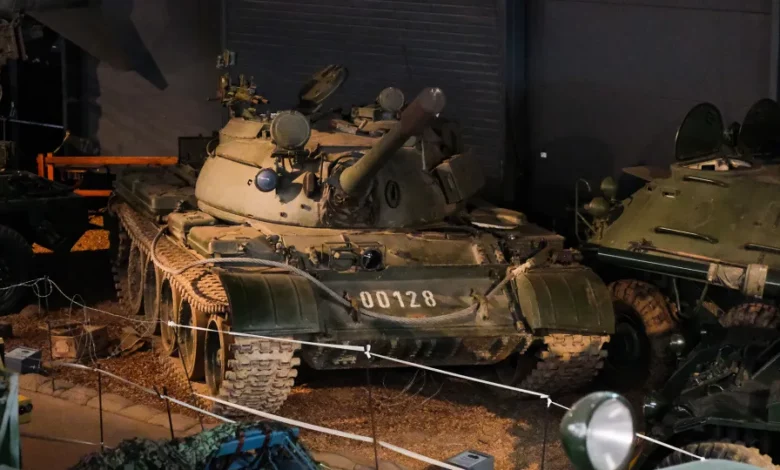
A cargo train loaded with tanks chugs along under the crisp, spring sun. “Wow,” a woman says, pointing her camera phone at the convoy. “This is the second train, there was one like it just before.”
The video, seemingly filmed in late March, shows old Soviet tanks being transported, somewhere in Russia. Moscow has been known to bring out older military equipment from storage to help it prosecute the war in Ukraine, but these are different.
The tanks are T-55s, a model first commissioned by the Soviet Union’s Red Army in 1948, shortly after the end of World War II.
They’re so old, you can find them in museums.
“This the first main battle tank used by the Soviet Union in the Cold War era,” said historian John Delaney, a senior curator at the Imperial War Museum (IWM) in Duxford, Cambridge, as he shows one to CNN.
“Up until that point, you’d had three very distinctive types of tanks, light, medium and heavy, which had different roles on the battlefield,” Delaney said. “From the mid-50s onwards, there was this concept that tried to come up with a tank that could do a bit of everything and that became known as the main battle tank.”
For the Red Army, that was the T-55 and its many variants, which later became the most widely produced tank in the world, with more than 100,000 units built. Cheap, reliable, easy to use and easy to maintain, it was a military mainstay from Egypt to China to Sudan, where they are still in use.
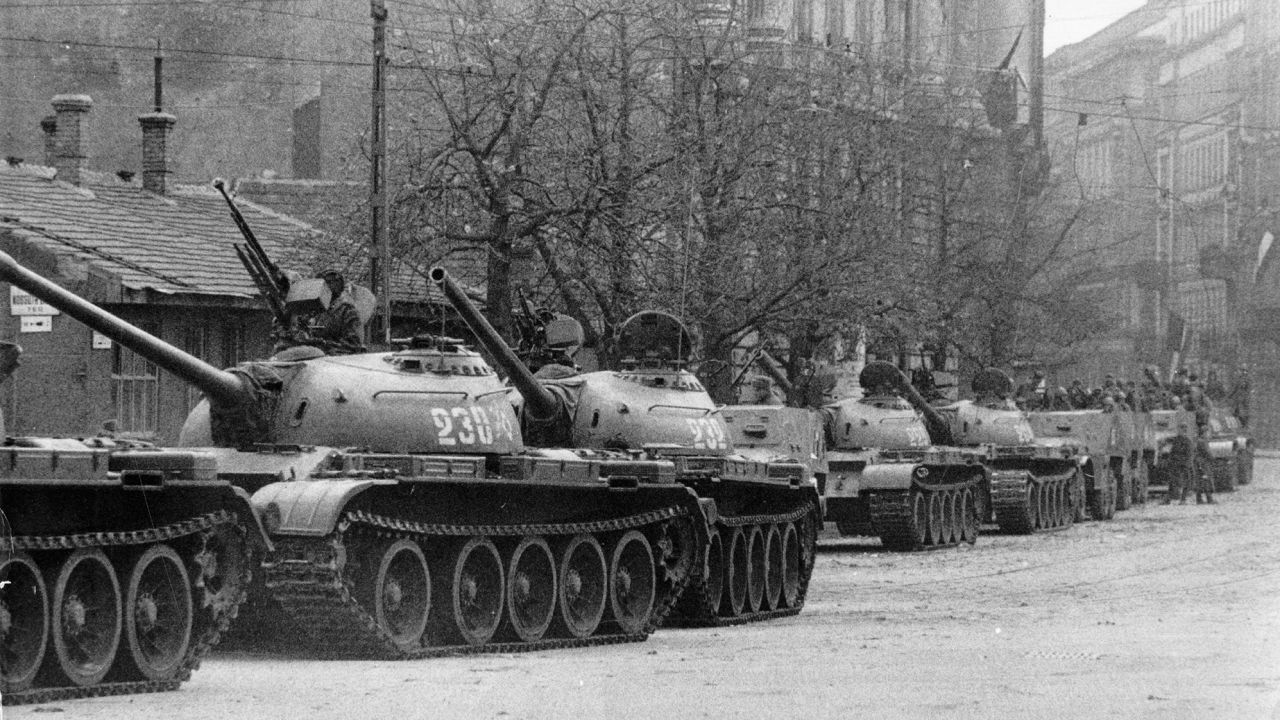
In Eastern Europe, they were used to quash uprisings in the former Warsaw Pact countries, rolling through the streets of Hungary in 1956, and then Prague, capital of what was then Czechoslovakia, in 1968.
But in following decades, when deployed against Western-built tanks – in some Arab-Israeli conflicts, and then in the Gulf War – they were no match.
“In the first Gulf War, in 1991 for example, the American and British tanks were knocking out Iraqi T-55s from 23 kilometers,” Delaney said.
The version inside the IWM’s Land Warfare hall was built in the 1960s and belonged to the East German army. It was snapped up by the museum after German reunification, with Berlin favoring NATO-standard versions, such as the Leopard 1 and then Leopard 2 — which it has recently sent to Ukraine — and side-lining outdated Soviet equipment.

By the time Russia began decommissioning its own T-55s in the 1980s, there were still upwards of 28,000 of them, Delaney said, adding that they were mothballed rather than scrapped.
“The Soviets never threw anything away,” he explained. “There’s probably a significant number of them sitting in sheds waiting to be reconfigured.”
Russia seems willing to do exactly that.
From storage into the battlefield
Satellite imagery indicates Russia has been taking dozens of tanks out of storage at a base in Arsenyev, in Russia’s far East. Publicly available photos show one of the tanks being stored at the base is the T-55.
“They’ll have been sitting there for a decade or more,” Delaney says. “They’ll need a considerable amount of work to get them back into good running order.”
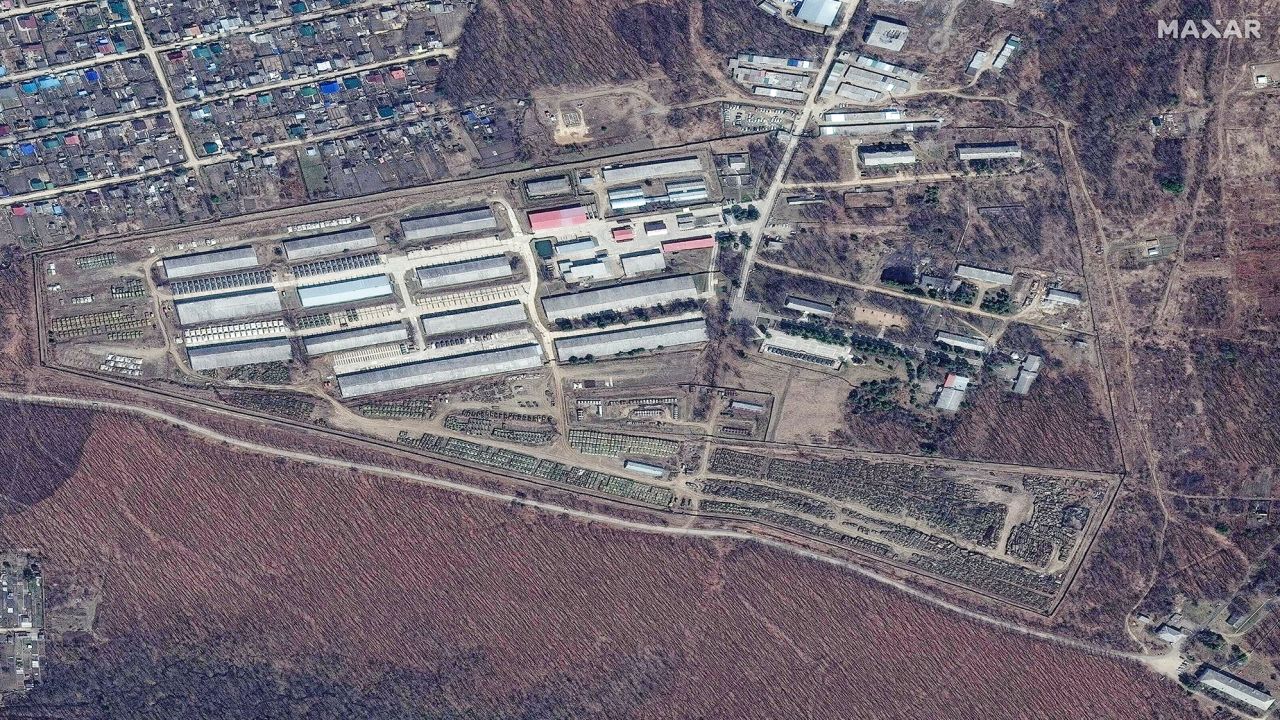
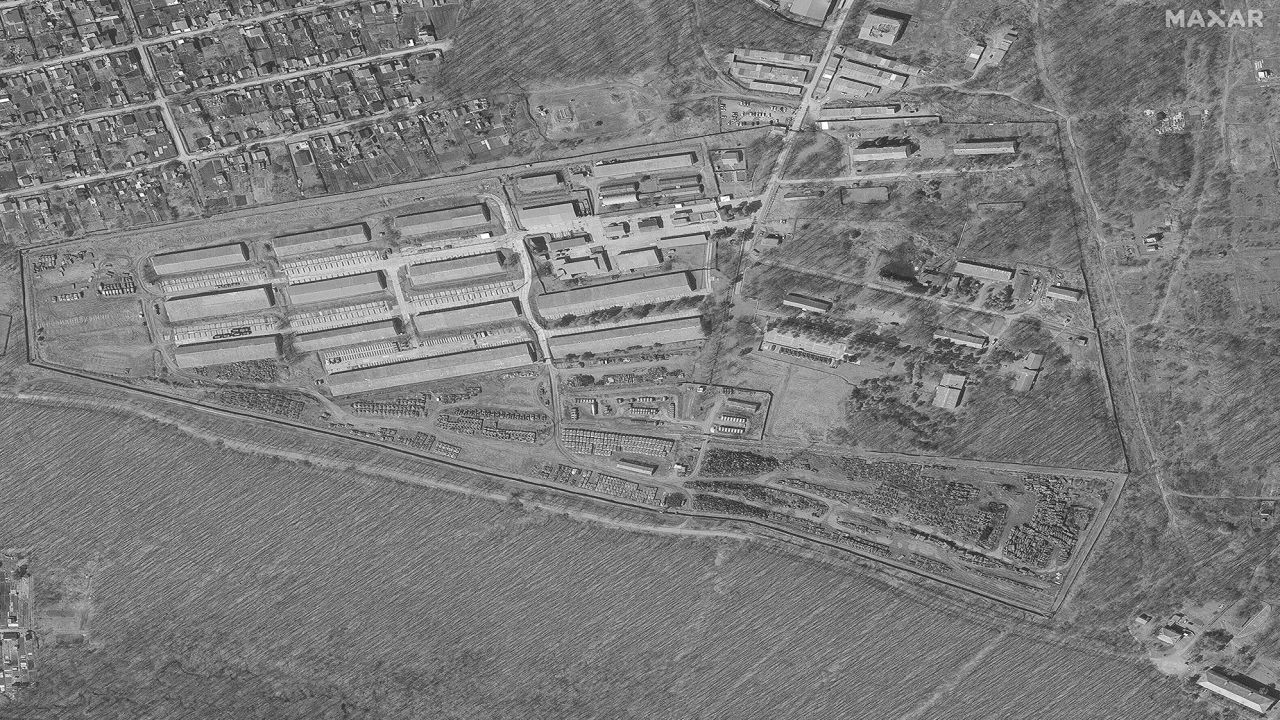
After the footage of a trainload of tanks surfaced on social media in late March, the Conflict Intelligence Team (CIT), a team group of volunteers using open source intelligence to investigate conflicts in Ukraine and Syria, was the first to report these that T-54/55s were being brought out of storage at Arsenyev.
Western officials then told CNN in April they had seen the elderly tank pop up close to the frontline.
Russia hasn’t confirmed it is deploying the T-55 to the front line and the Ministry of Defense in Moscow did not respond to CNN’s request for comment. But, in recent weeks, well-connected pro-Kremlin bloggers have shared photographs showing these tanks, reportedly in Russian-occupied territories in Ukraine.
The Netherlands-based open-source intelligence website Oryx says it has visual evidence Russia has lost more than 1,900 tanks since the beginning of the invasion, nearly two-thirds of an initial fleet of around 3,000. Beyond quantity, a big issue is the speed at which Russian armor is being taken down.
“Overall Russia has lost a lot of equipment, it’s hard to build new equipment,” said Robert Lee, a former US Marine and senior fellow at the US-based Foreign Policy Research Institute.
“They are producing some new tanks — they are still producing T-90s — but, at the scale (required), they need more equipment than they can produce so they’re relying on older and older tanks to compensate,” Lee added.
Trevor Taylor, director of the Defence, Industries and Society Programme at the Royal United Services Institute, says Western sanctions are also slowing down Russia’s weapons production.
“We’ve got multiple pieces of evidence that Russian industry, which had been given access to Western technology in the 90s, is really suffering from the restrictions,” Taylor said. “We’re hearing about them taking chips out of washing machines. And when you’re doing that, then you’re really obviously in quite a bit of difficulty.”
‘Ease of use’ for conscripts
Lee has been following the Russian invasion of Ukraine from the start, using open-source technology to gather information on the fighting in Ukraine. He has since visited the frontlines in Eastern Ukraine and, as Russia goes on the defensive, tank-on-tank battles have so far been rare and he believes the T-55s’ usage will be limited in scope.
“Some of those systems are probably going to be used in a rear area initially,” he said. “So, not necessarily tanks going forward, but more kind of firing into a long distance.”
If that is to be their purpose, Delaney believes the T-55 may still prove useful.
“One of the things you can obviously use this [tank] for if you’re trying to avoid a tank versus tank engagement is to dig them in, in defensive positions, sit the tank in the pit so you can only see the turret and then that can be used to defend a front line against the counterattack,” he said. “If you’ve been the aggressor in a war and you’re suddenly about to be on the defensive, this would be effective for static defensive positions.”
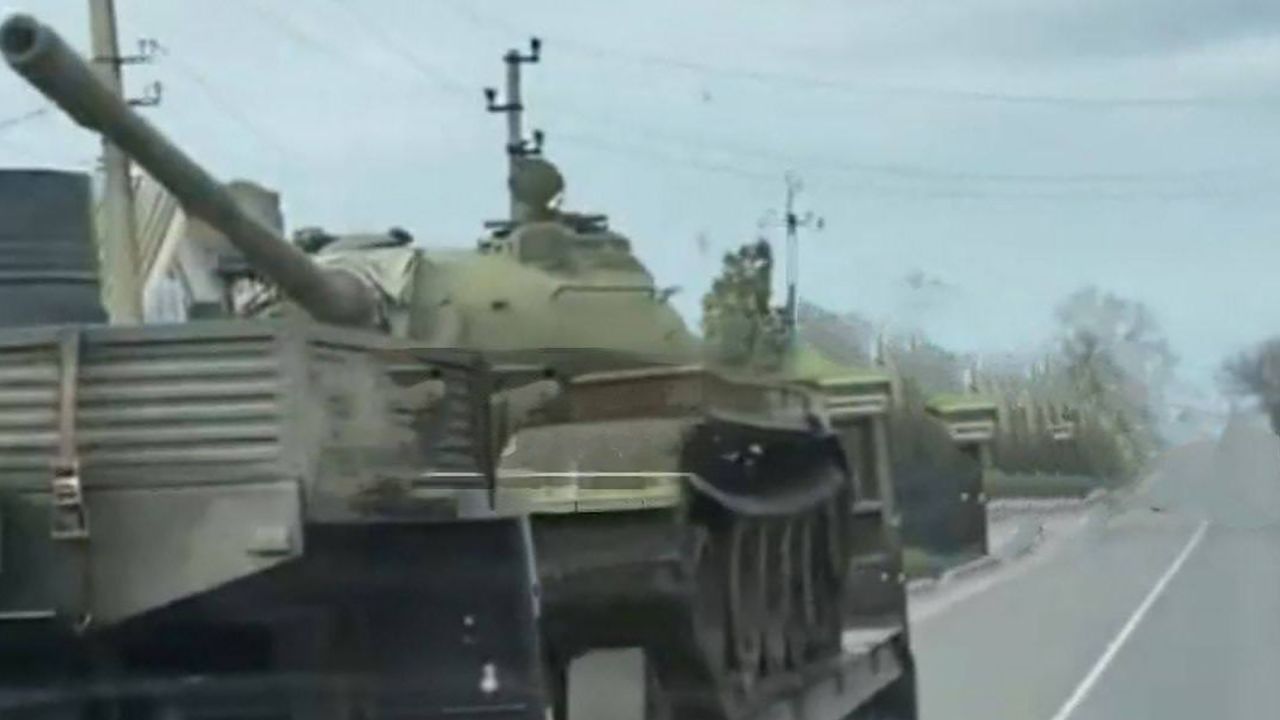
As Russian forces prepare to take the brunt of a widely anticipated, NATO-equipped Ukrainian offensive, they’re having to rely on a conscript army, less prepared than that of their opponent.
And for under-trained soldiers, the T-55 provides something modern tanks don’t: ease of use.
“If you’ve got a lot of conscripts coming into your army, which you have at the moment with the Russian forces, it’s going to be easier, quicker to train people to use these than it is to use a more modern model of battle tank,” Delaney said.
“It’s really easy to maintain and with a conscript army, that’s what you’re looking for, you’re looking for the ability to keep these things operational.”
Ukraine, in fact, also has a version of the T-55 in its arsenal – 28 highly-modernized M-55s supplied by Slovenia.
‘It comes down to Ukraine’
As Ukraine gears up for its expected spring counteroffensive, Russia has dug in. Satellite imagery has revealed the extensive defensive lines built by Moscow’s forces across the regions they continue to occupy.
Lee believes a successful counteroffensive will come down to Ukrainian intelligence finding the perfect location to push through.
“It’s not impossible but a lot of it comes down to Ukraine finding weak points in a line and trying to narrowly penetrate,” he said.
And that’s where modern, more advanced NATO equipment, with better armor, longer ranges and more maneuverability, could come into its own, especially when facing much older Soviet hardware.
“I think faced with Western weapons, the Russians must expect very heavy casualties if they expect to move forward using the T-55 system,” Taylor said. “It’s a move of desperation to be using weapons of that vintage.”
And though tank battles have been rare, Ukraine has an advantage if they do occur.
“If you’ve got a big open country and you’re fighting a big, armored tank engagement over vast expanses of land, then this is at a very distinct disadvantage,” Delaney said of the Russians’ T-55s.
“(Against a Leopard or a Challenger), if it’s a one-on-one tank engagement, this will lose every time.”




